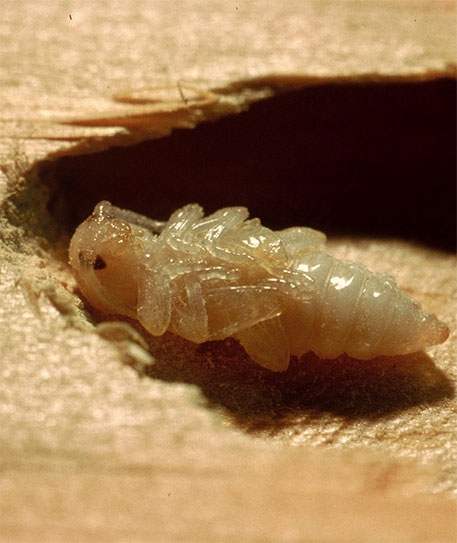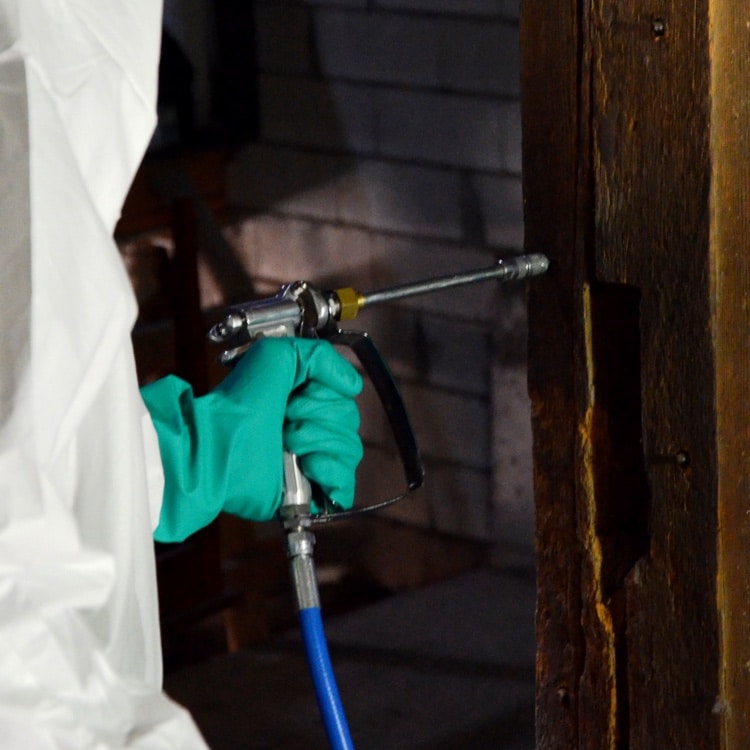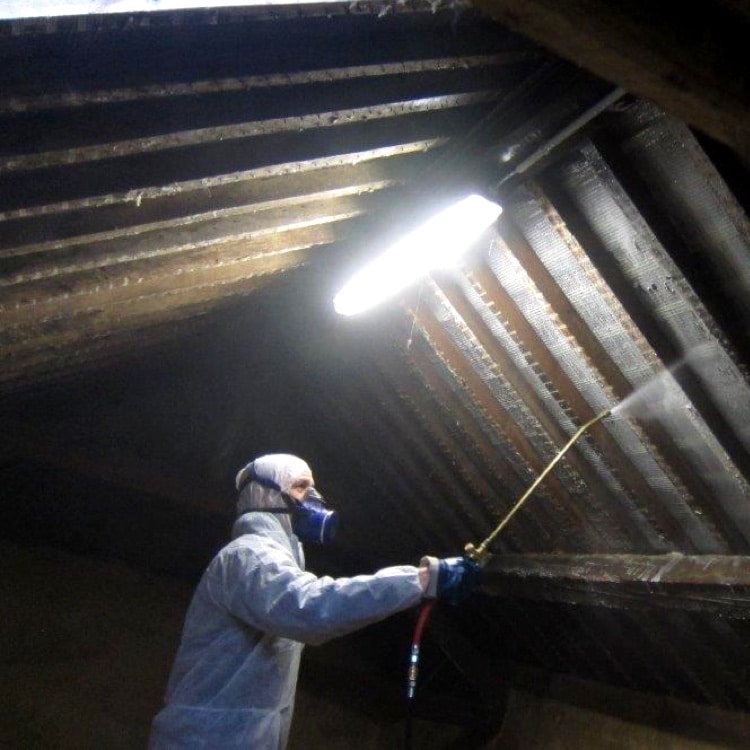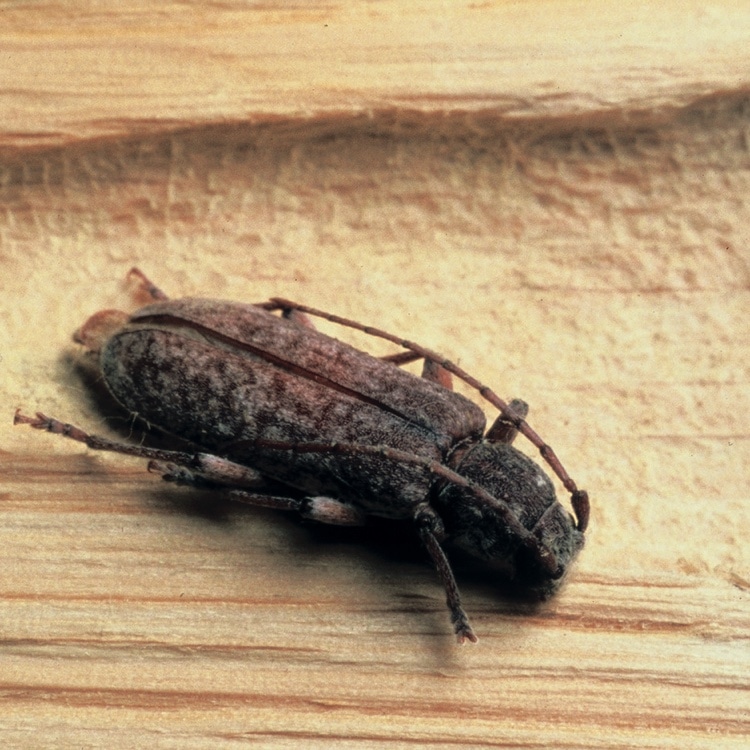
Wood is omnipresent in our homes, whether in our partitions, our frames, or our furniture. And we are unfortunately not the only ones who use it: wood is the food of many insect larvae which can lodge and feed themselves there, causing a lot of damage, damaging the structure of the wood and compromising its resistance.
Among the wood-boring insects, the most common are the Anobiidae or beetles(encountered in softwood and sapwood), Capricorn (resinous) and Lyctus (resinous oak). Most recent structures are preventively impregnated.
WHERE
- Everywhere ! Untreated wood, wherever it may be, can be colonized by wood-boring insects Anobiidae, Vrillettes, Capricorn, Lyctus). The insects particularly like the softwood and sapwood (soft part) of oak, such as beams, the floors of lofts, etc.
- But it is the old frameworks that are most exposed, such as exposed beams, under roofing, cladding, etc.
- In the case of more recent woodwork, they are often “factory” protected by soaking in an impregnation bath. Softwood is particularly vulnerable.
SYMPTOMS
- Appearance of holes in the wood.
- Visible presence of insects on the surface of the wood.
- Small piles of sawdust either on the wood or on the ground under the affected beams.
WHY DO IT?
– Protect wood from damage. A structure infested with capricorn can lose its stability and resistance. In old houses, worm-eaten floors sometimes present a real danger of collapse for the occupants.
– Avoid the proliferation of the colony and the infestation of other woodwork in the vicinity (furniture, woodwork, etc.)
– Our treatment is guaranteed for 10 years.
– The fungicides and insecticides used are approved by the Ministry of Public Health.
TREATMENT STEPS
- Preparation of the site:
- Diagnosis of the condition of the wood and the extent of the infestation;
- Dismantling and removal of irreparable beams and rafters damaged by woodworm;
- Dusting.
- Deep injection treatment:
- Drilling every 20 to 30 cm to a depth equal to 2/3 of the thickness of the beams, boards and rafters to be treated;
- Injection under pressure of the curative product
- Surface treatment by coating with the curative product



